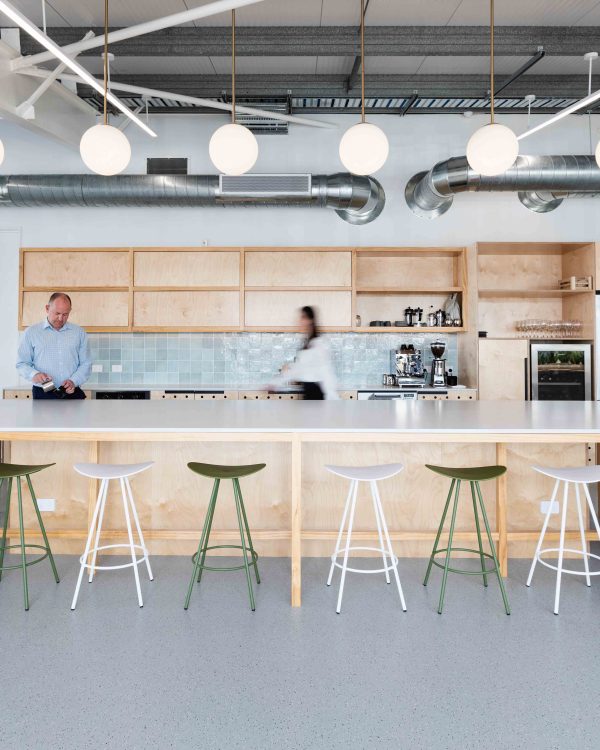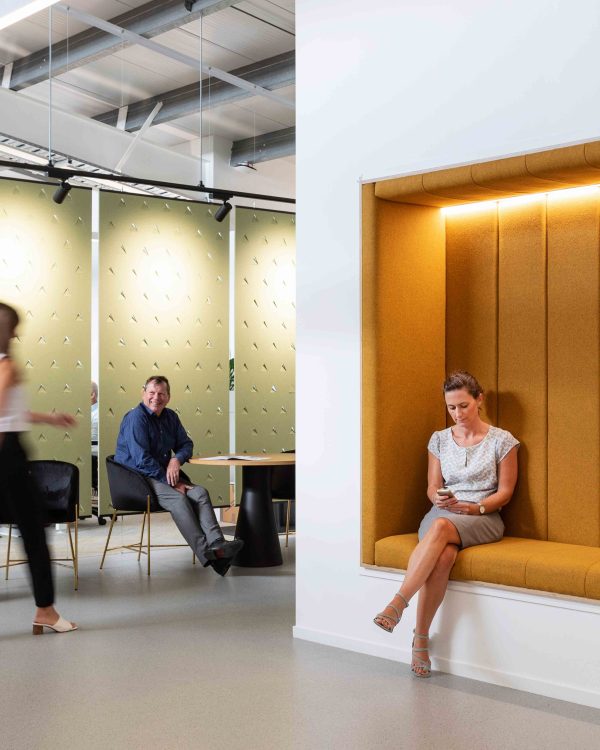Technology is powering change in the workplace and disrupting traditional business models at a pace unlike anything experienced before.
Whilst most of us are simply running to keep up with changes in the virtual world, the demands on our physical environment – the places we choose to inhabit for our working lives – are also moving with breakneck speed.
Gone are the days of closed-offices, hierarchical layouts, and customer separation. Business leaders now understand that staff engagement and an identifiable and values-oriented culture are keys to business success and longevity.
The Financial Times, in its forecast for the future of business, states that in addition to shifts in technology, the huge post-boomer workforce of Gen X, Y, and Z will usher in significant changes to the workplace environment.


Attracting and retaining top talent is a direct challenge to the workplace environments we offer these new generations and new arrivals. In addressing this we must ask:
+ What do our work spaces say about our business and culture? What do we want them to say?
+ If we are embarking on a workplace transformation project, is there a way to engage our staff so they can have a sense of ownership of the spaces they will spend their working hours?
+ How do we create performance environments and avoid design by committee, or maybe just the loudest voices at the table?
+ How do we create a workplace for an increasingly mobile workforce?
+ How do we make sure these changes are authentic to who we are and the customers we serve?
Through the development of our own business, and by working with our small business, corporate, not-for-profit, and public sector clients – address these and other workplace design questions every day. Design thinking is central to how we do this as a human-centered way to meaningfully engage with owners, managers and staff, and to help drive successful and future-adaptable workplace results.